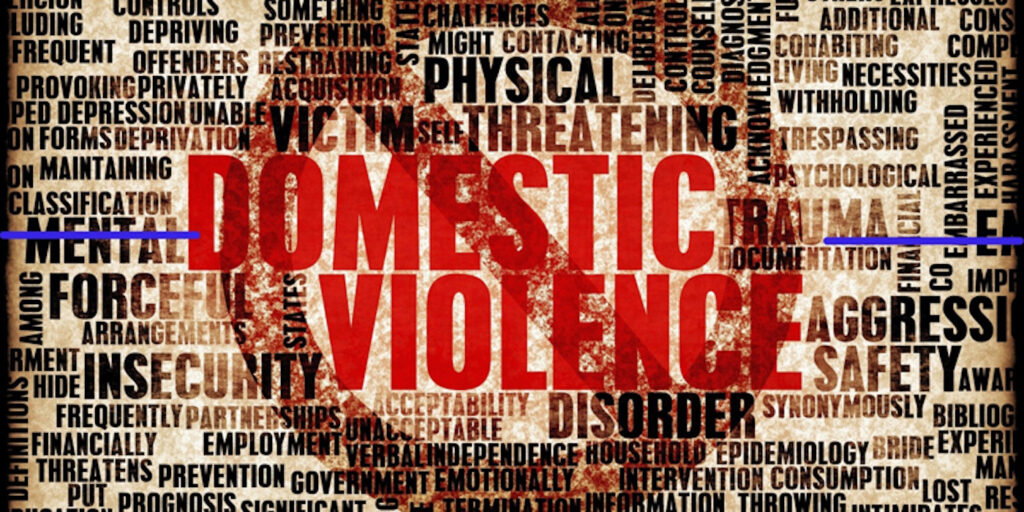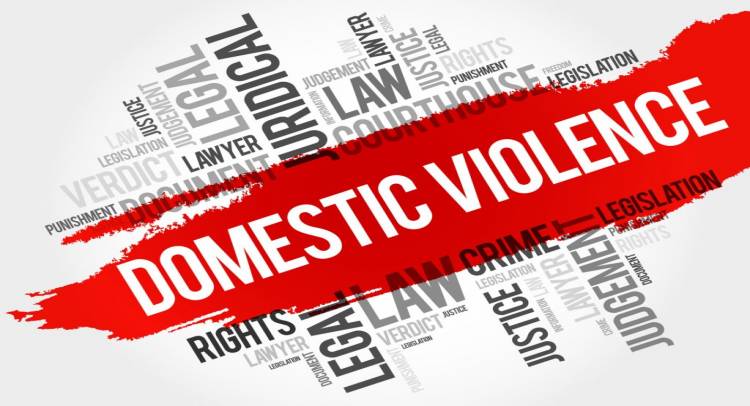Judicial Activism in Domestic Violence Cases: Recent Developments and Landmark Decisions
Judicial activism has played a pivotal role in shaping the legal landscape of domestic violence, often stepping in to address gaps in existing laws and to ensure justice for victims. This form of judicial intervention involves courts taking an active role in interpreting laws in ways that expand protections and adapt legal frameworks to contemporary social issues. In the context of domestic violence, judicial activism has been instrumental in advancing protections for victims and holding perpetrators accountable. This article explores the concept of judicial activism in domestic violence cases, highlights recent significant cases, and discusses how these judicial actions have influenced the legal landscape. Understanding Judicial Activism Judicial activism refers to the judicial practice where courts go beyond mere interpretation of the law and actively shape legal doctrines and policies. This approach is often seen as a response to perceived inadequacies in legislation or the enforcement of existing laws. In domestic violence cases, judicial activism can manifest in several ways: Expanding Legal Protections: Courts may interpret laws in a broader manner to include more protections for victims of domestic violence. Creating New Legal Precedents: Judges may establish new legal precedents that influence future cases and legal standards. Addressing Legislative Gaps: Activist judges often step in to address gaps where existing laws fail to provide adequate protection or remedies for victims. Recent Landmark Cases Recent judicial decisions have demonstrated significant judicial activism in the realm of domestic violence. These cases have expanded the interpretation of existing laws and addressed the limitations in legal protections for victims. India: Vishaka v. State of Rajasthan (1997) Although not recent, the Vishaka case is a cornerstone of judicial activism in addressing gender-based violence. The Indian Supreme Court, in response to a case of sexual harassment at the workplace, established the Vishaka Guidelines. These guidelines aimed to address the lack of legal protection for women facing sexual harassment and were later incorporated into the Sexual Harassment of Women at Workplace (Prevention, Prohibition, and Redressal) Act, 2013. This landmark decision exemplifies judicial activism by expanding the scope of legal protections beyond traditional domestic settings to include workplace environments. South Africa: S v. Maluleke (2005) In S v. Maluleke, the South African High Court addressed issues of domestic violence within the framework of property settlements. The court recognized that abusive behavior could significantly impact financial and property settlements in divorce proceedings. By acknowledging the broader implications of domestic violence on financial arrangements, the court demonstrated judicial activism in ensuring that victims are fairly treated in the legal process. United States: United States v. Castle Rock (2005) The case of Castle Rock v. Gonzales involved Jessica Gonzales, whose estranged husband violated a restraining order and committed a violent crime against their children. Gonzales argued that the police failed to enforce the restraining order, violating her constitutional rights. The Supreme Court ruled that the police did not have a constitutional duty to enforce the restraining order. While the decision limited the scope of police responsibility, it highlighted the need for legislative reforms and better enforcement mechanisms, indirectly prompting activism in addressing the enforcement of protective orders. India: Asha Ranjan v. State of Bihar (2021) In Asha Ranjan v. State of Bihar, the Supreme Court of India addressed the issue of domestic violence under the Protection of Women from Domestic Violence Act, 2005 (PWDVA). The court emphasized the need for a broader interpretation of the Act to include emotional and psychological abuse as forms of domestic violence. This decision demonstrated judicial activism by expanding the scope of protection under the PWDVA to encompass non-physical forms of abuse. United Kingdom: R v. Hughes (2021) In R v. Hughes, the UK Court of Appeal addressed the issue of coercive control under the Serious Crime Act 2015. The court’s decision to broaden the interpretation of coercive control beyond physical violence underscored the evolving understanding of domestic abuse. This case illustrated judicial activism by recognizing the complex nature of domestic violence and ensuring that legal protections reflect contemporary understandings of abuse. Recent Legislative Developments Judicial activism in domestic violence cases often leads to legislative reforms and the introduction of new laws that address the evolving nature of abuse. Recent legislative changes influenced by judicial activism include: India’s Criminal Amendment Act (2018): This amendment to the Indian Penal Code expanded the definition of sexual offenses and included provisions to address acid attacks and stalking. The legislation was partly influenced by judicial decisions that highlighted the need for broader protections for victims of violence. UK Domestic Abuse Act (2021): This Act represents a significant development in addressing domestic abuse, expanding the definition to include emotional and economic abuse. The legislation reflects the influence of judicial decisions and activism in recognizing the broader spectrum of domestic violence. Australia’s Family Violence Reform (2023): Recent reforms in Australia have introduced comprehensive measures to address family violence, including improved support for victims and stricter penalties for perpetrators. These changes were driven by judicial decisions that highlighted the need for more robust legal frameworks. Conclusion Judicial activism has played a crucial role in shaping the legal landscape of domestic violence, driving significant changes in legal protections and remedies for victims. Through landmark decisions and interpretations, activist judges have expanded the scope of legal protections, addressed legislative gaps, and influenced subsequent reforms. Recent cases and legislative developments underscore the ongoing impact of judicial activism in ensuring that legal frameworks evolve to meet the needs of victims and address the complexities of domestic violence. As society continues to confront and address domestic violence, the role of judicial activism remains vital in advancing justice and promoting a safer environment for all individuals.


